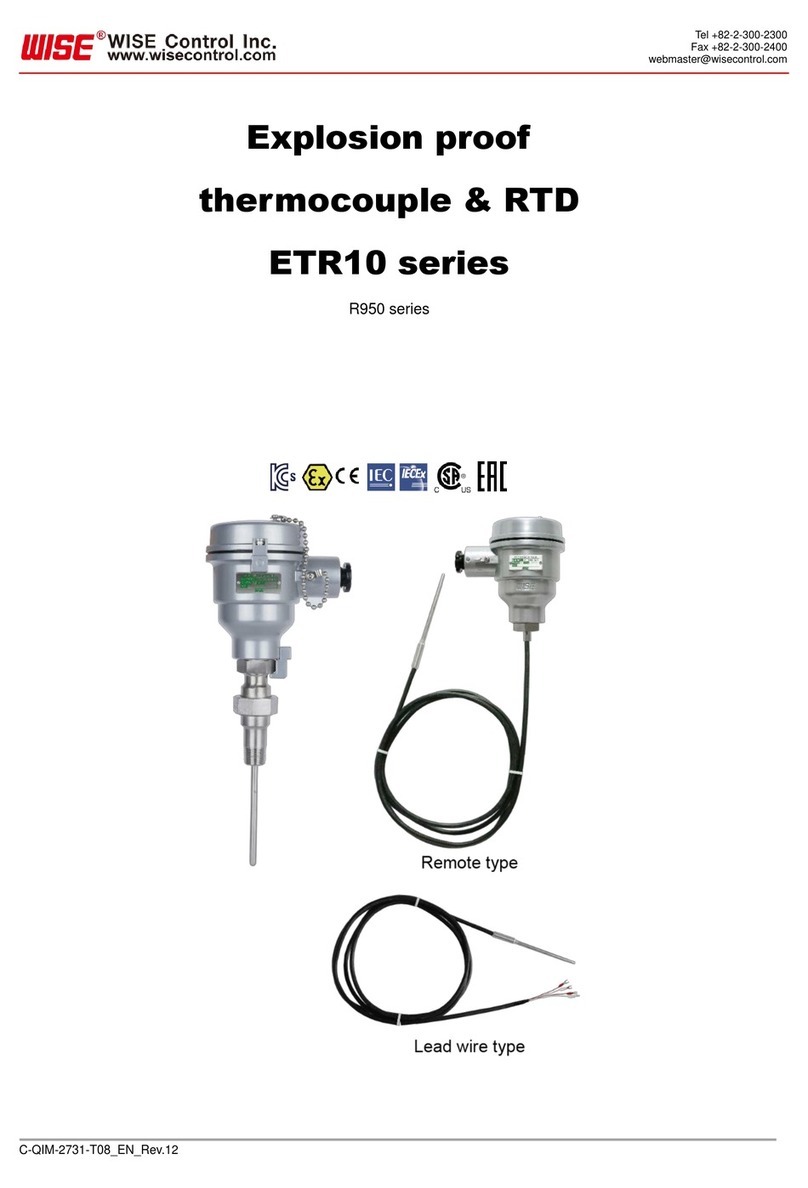
1
Tel +82-2-300-2300
Fax +82-2-300-2400
Contents
1. General items......................................................................................................................2
1.1 Introduction.........................................................................................................................2
1.2 Application..........................................................................................................................2
1.3 Warranty............................................................................................................................. 2
2. Warning...............................................................................................................................3
3. Main specs..........................................................................................................................4
3.1 Explosion-proof...................................................................................................................4
3.2 Protection grade.................................................................................................................4
3.3 Temperature sensor types .................................................................................................4
3.4 Accuracy and tolerances....................................................................................................4
4. Design.................................................................................................................................5
4.1 Installation components......................................................................................................5
4.2 Basic pre-order design requirements.................................................................................5
4.3 Head...................................................................................................................................6
4.4 Sheathed cable (MI cable) .................................................................................................7
4.5 Types of temperature sensor ............................................................................................. 8
4.5.1 Resistance thermometer detector (RTD) ........................................................................8
4.6 Process connection unit................................................................................................... 10
4.6.1 Basic type......................................................................................................................10
4.7 Additional options.............................................................................................................11
4.7.1 Heat transfer block........................................................................................................11
4.7.2 Compression fitting........................................................................................................11
5. Installation guide ...............................................................................................................12
5.1 Pre-installation checks and precautions...........................................................................12
5.2 Installation requirement.................................................................................................... 13
5.3 Storage............................................................................................................................. 14
5.4 Installation order...............................................................................................................14
6. Wiring ................................................................................................................................17
6.1 Extension wire.................................................................................................................. 17
6.2 Precauation for wiring....................................................................................................... 18
6.3 Terminal block wiring........................................................................................................ 19
6.4 International color code table...........................................................................................20
7. Name plate........................................................................................................................ 21
7.1 Name plate indications.....................................................................................................21
8. Maintenance......................................................................................................................22
9. Defect................................................................................................................................22
10.User's duties......................................................................................................................23
11.Product return....................................................................................................................23




























